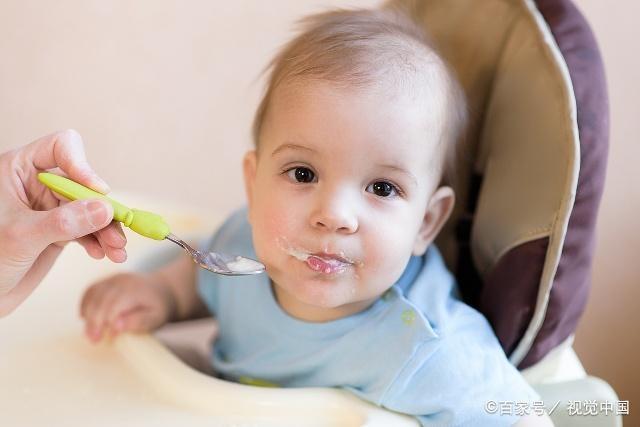文章来源: https://baijiahao.baidu.com/s?id=1623060438707968415&wfr=spider&for=pc
Parents need to be careful that babies can reasonably increase vegetable supplements from infancy. At first, babies could only eat some vegetable juice or drink boiled water, such as tomato, cucumber juice, carrot juice and so on. As babies age, they can eat some vegetable puree. When the baby is nearly one year old, it can chop up various vegetables and feed the baby in porridge and noodles. During this period, parents should also pay attention to several issues.
1. Choose vegetables that are not polluted.
Artificially cultivated bean sprouts, field-grown or artificially cultivated edible fungi do not use pesticides and belong to safe vegetables. The tuberous vegetables grown in the soil, such as potatoes, fresh lotus root, winter bamboo shoots, taro, carrots, etc., use less pesticides, and there are few pollution problems.

2. Clean vegetables before eating them
Some vegetables are sprayed with pesticides in order to prevent pests and diseases. Considering the pesticide residues, if they can be peeled, they should be peeled as far as possible before eating. If vegetables can not be peeled, but also clean with clean water, soak in clean water for 20-30 minutes, until the pesticides are fully dissolved, use clean water several times more. Or soak the vegetables in the water used for rice washing for 10 minutes and then pour out the water and rinse it several times with clean water. The reason for this is that the water contains alkaloids that can dissolve pesticides. Vegetables can also be soaked in hot water at 80 C for 2 minutes, so that pesticides can be quickly dissolved, and then rinsed with clean water for many times. Vegetables can also be put in sufficient amount of water, baking soda into the bar after 10 minutes of immersion, and then rinse with water.
3. Let infants eat more dark vegetables
Relevant studies have confirmed that the nutritional value of vegetables is closely related to the color of vegetables. Generally speaking, the darker the vegetable is, the higher its nutritional value will be. Fresh vegetable looks dark green. It contains vitamin C, carotene, inorganic salt are very high. Kexin parenting said that the color of yellow, orange, red vegetables, carotene content is relatively high.
4. Eat more vegetables in fresh season
Off-season vegetables are usually grown under greenhouse conditions in plastic greenhouses. They look bright and tall. Their nutritional value is different from that of seasonal vegetables. Off-season vegetables are not as nutritious as fresh seasonal vegetables, and their taste will be slightly worse. For example, tomatoes, when they are blooming, are stained with flowers, and when they are growing up, they use erythropoietin, which has more hormone content, which is not good for the health of infants and young children.

5. Vegetables of various colors should be eaten
Vegetables usually have green, red, yellow and other colors. Green vegetables are chlorophyll-rich vegetables, whose color is mainly green, such as spinach, leek, coriander, celery, green pepper and so on. Yellow and red vegetables are rich in carotene and flavonoid pigments, mainly in red and yellow, such as yellow cauliflower, carrots, tomatoes, potatoes, melons and so on.
6. Don't forget to eat fresh vegetables in off-season
Nutrition professionals emphasize that fresh vegetables should be chosen whenever vegetables are eaten in any season. Almost all the vegetables we meet have the shadow of vitamin C. The content of vitamin C is more or less, which is closely related to the freshness of vegetables. Generally speaking, the longer vegetables are stored, the more vitamin C is lost. Therefore, off-season vegetables need not be bought too much, put in the refrigerator at home, the best time to eat, then choose, so as to ensure the freshness of vegetables.

